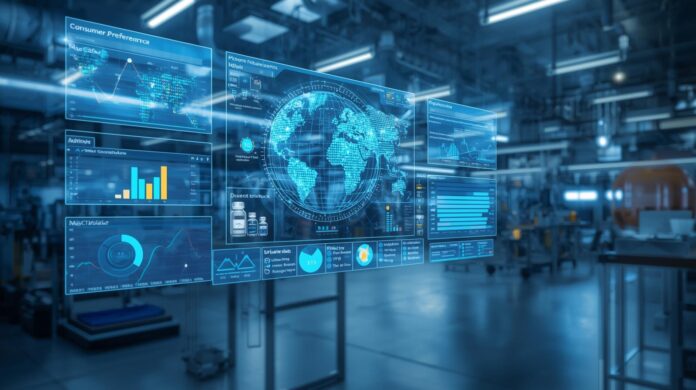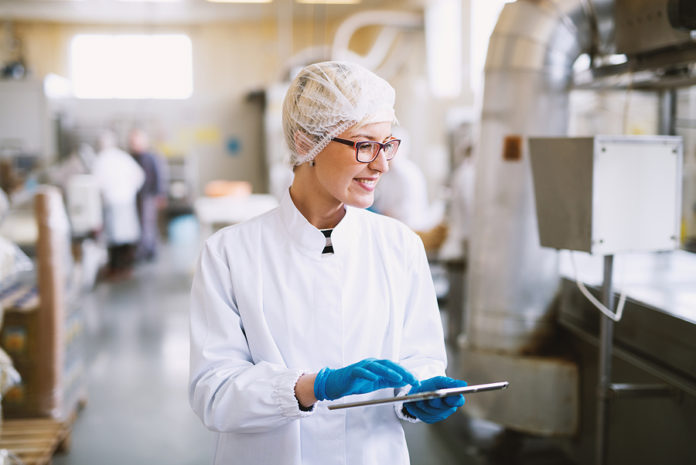
By Andreas Duess, CEO, 6 Seeds Consulting
Key takeaways:
-
Move fast without losing rigor: Synthetic research and digital twins can deliver early consumer insights in hours instead of months — vital for fast-moving food markets — but must be grounded in verified, human-generated data and continuous validation.
-
Trust depends on transparency and oversight: The reliability of AI-generated insights hinges on clear data provenance, cultural localization, and strong human oversight to manage bias, context, and model drift. Automation alone cannot ensure accuracy.
-
Augment, don’t replace human research: Synthetic methods complement traditional sensory, ethnographic, and regulatory studies. Used responsibly, they accelerate early testing and protect privacy, but final decisions should still involve expert human judgment.
When markets move faster than research cycles, leaders face a familiar dilemma: act quickly with incomplete evidence or wait for data that arrives too late to matter.
Synthetic research, which uses digital twins — AI-driven simulations of real audience segments — helps close that gap by providing directional answers in hours, not months.
Properly designed, these models can offer new insights. They also have limits leaders should understand.
What synthetic research is
Synthetic research uses AI models grounded in verified, human-generated data to create population-true “stand-in respondents.” Instead of recruiting a panel in a specific market, teams pose concept-test or survey questions to calibrated models.
Done well, this yields quick reads, enables exploration of sensitive topics, and opens access to niche or hard-to-reach groups. External pilots and industry reporting suggest this approach is already being used to speed early concept testing while keeping human validation for critical decisions.
What the evidence says so far
Independent commentary and research indicate synthetic approaches can track closely with human results under the right conditions. A Harvard-affiliated analysis described a head-to-head test in which synthetic respondents reached 95% of the same conclusions as a comparable human survey, according to EY Americas CMO Toni Clayton-Hine, while also emphasizing the need for governance.
At the same time, peer-reviewed work has flagged reproducibility risks if large language models are used naively as “synthetic respondents,” with results sensitive to prompt wording and time windows. Method and controls matter.
Leading research firms echo this balance: reliability depends on the quality of human data used to build and update models, plus expert oversight.
Why this matters in food and agriculture
Food and beverage decisions are unusually time-sensitive: ingredient costs shift weekly, labeling and policy evolve, and sentiment can swing with headlines. Synthetic research lets teams pressure-test claims, packaging, or sustainability messages quickly, even in markets that are slow or costly to field.
Reviews of digital-twin applications in food systems highlight both the promise and the need for rigorous, applied studies.
What to ask before you trust synthetic data
When evaluating any synthetic-insight platform or pilot, look for clear answers to six questions.
- What verified datasets feed the model?
Reliable results depend on transparent, population-based inputs (e.g., national statistics, category and behavioral data). Without that foundation, bias can overwhelm accuracy. - How is market and cultural context built in?
Food behavior varies by country, region, and even city. Models must be localized, not just translated, to reflect real cultural nuance. - How are privacy and ethics protected?
Synthetic systems should rely only on aggregated, anonymized data — no personal identifiers or tracking. Reputable guidance stresses provenance and transparency. - What safeguards address bias?
Responsible providers test and correct for language, cultural, or sampling bias. Academic work shows outputs can vary with prompts; controls and documentation are key. - Is there human oversight?
Every output should be reviewed by analysts who understand both AI modeling and consumer behavior. Automation alone isn’t enough. - How is the model updated over time?
Economic, policy, and sentiment data should refresh continuously. Static models go stale quickly in fast-moving markets.
Asking these questions quickly reveals whether a system produces decision-grade evidence — or just fast noise.
Building confidence in the method
The most credible frameworks blend AI precision with behavioral-science discipline: verifiable inputs, localization, drift monitoring, and recurring human vs. synthetic benchmarking. Used responsibly, synthetic research extends, not replaces, traditional methods. It provides always-on evidence for early decisions, then guides where deeper human work — sensory, ethnography, regulatory substantiation — should focus.
A further advantage is privacy: because synthetic respondents are modeled constructs rather than individuals, teams can explore difficult topics without collecting personal data.
The workforce shift
The transformation isn’t only technological; it’s human. Insight teams need literacy in evaluating model provenance, interpreting correlation and drift, and deciding when human confirmation is required. Practitioner surveys and industry commentary point to strong interest alongside persistent concerns, suggesting an upskilling agenda rather than a tooling race.
Bottom line: Synthetic research and digital twins are powerful when paired with transparency, validation, and human judgment. Leaders who demand those standards can move faster without sacrificing trust.
 Andreas Duess is CEO of 6 Seeds Consulting, a marketing, communications, and research agency serving food and agriculture brands in the age of AI. He also delivers keynotes on AI, synthetic research, and navigating change in the food and agriculture sector. Learn more at 6seedsconsulting.com.
Andreas Duess is CEO of 6 Seeds Consulting, a marketing, communications, and research agency serving food and agriculture brands in the age of AI. He also delivers keynotes on AI, synthetic research, and navigating change in the food and agriculture sector. Learn more at 6seedsconsulting.com.
Credit: Source link














